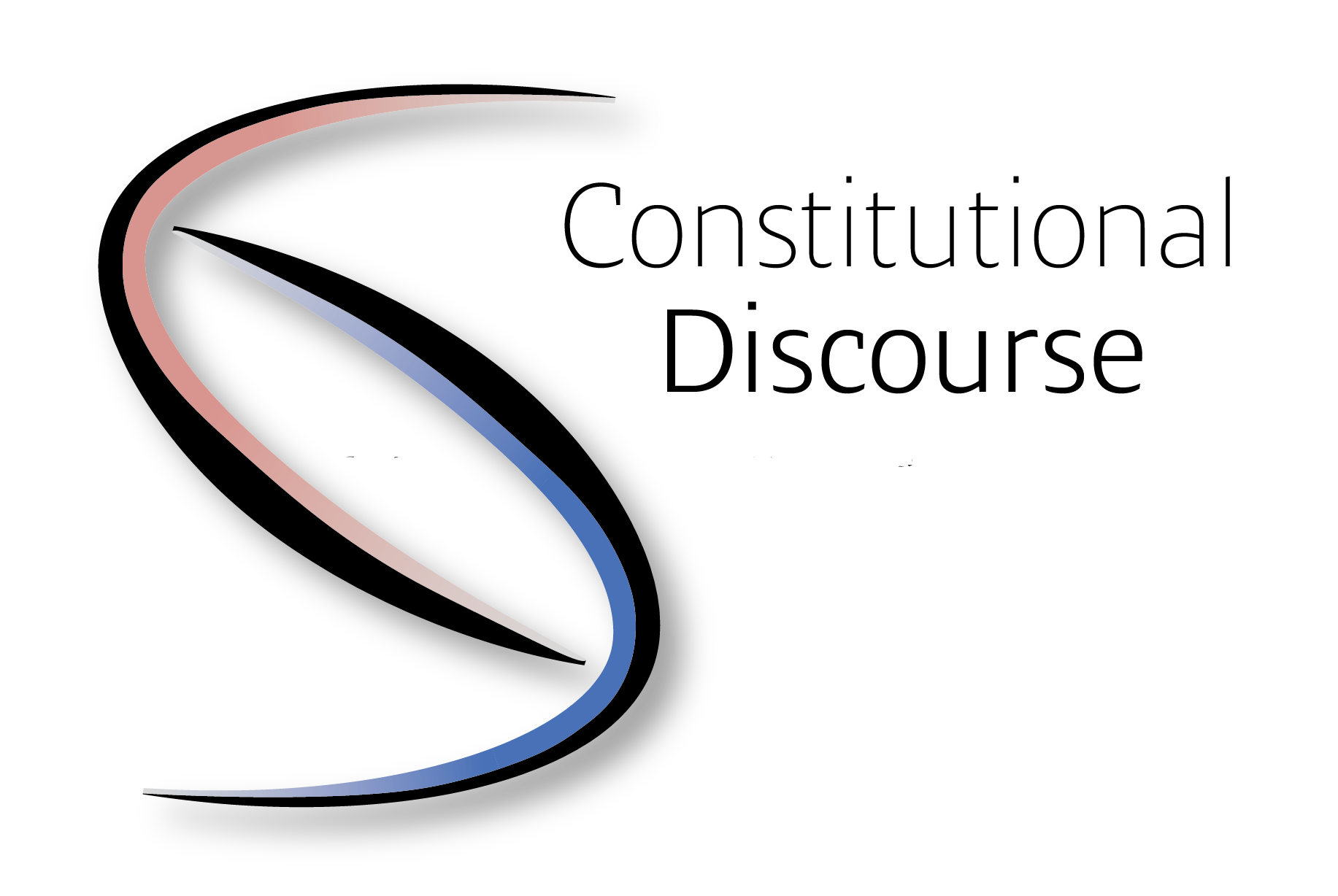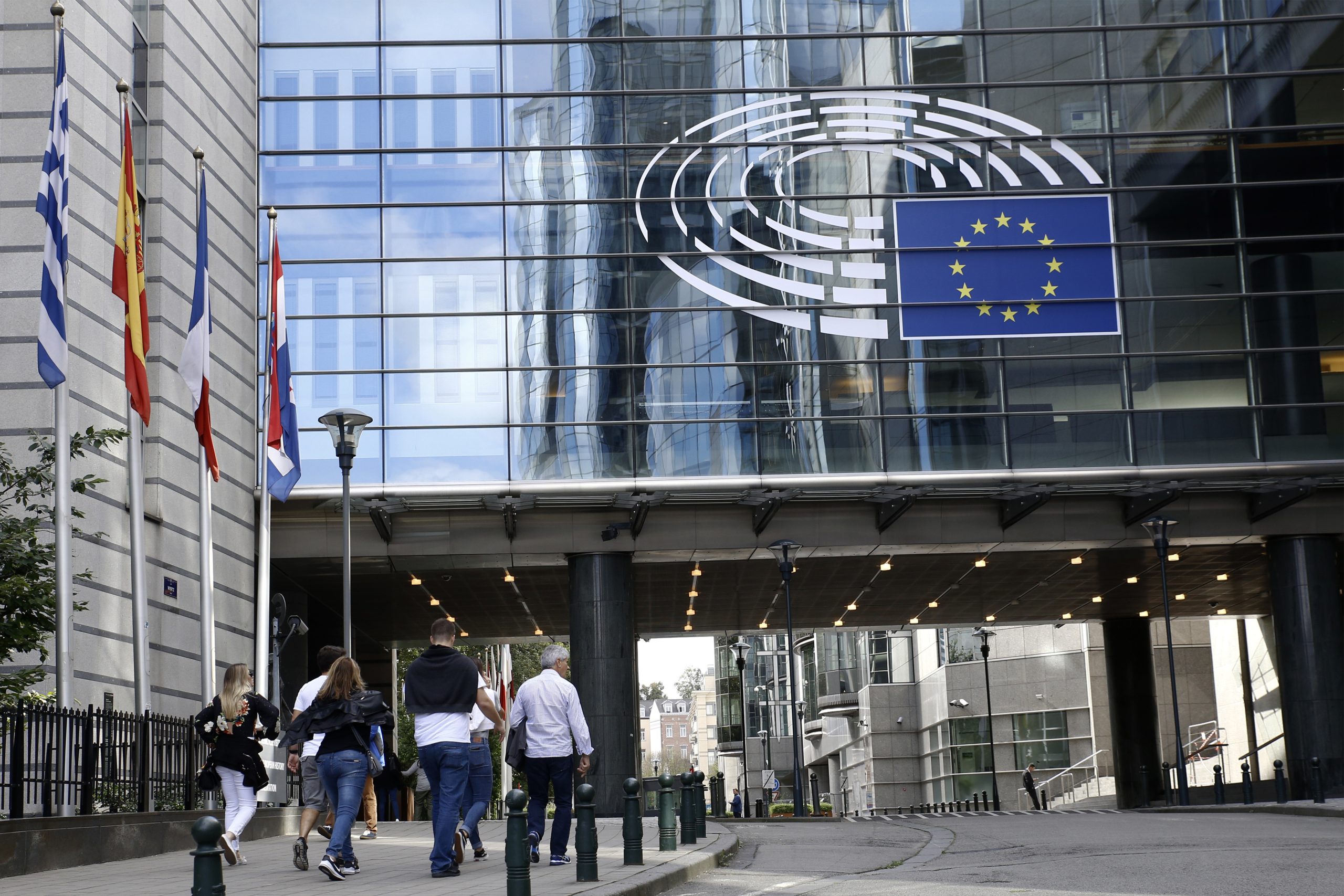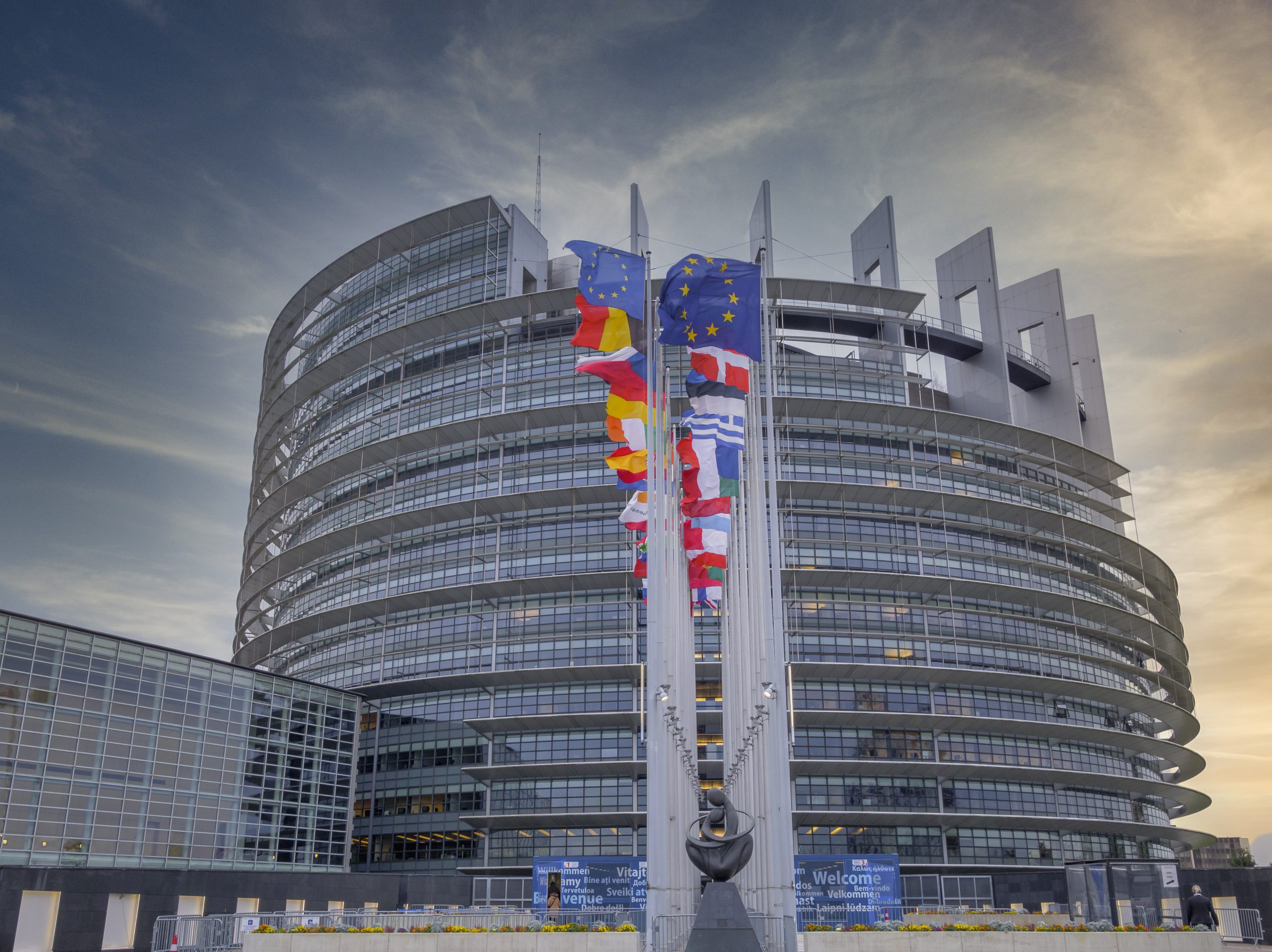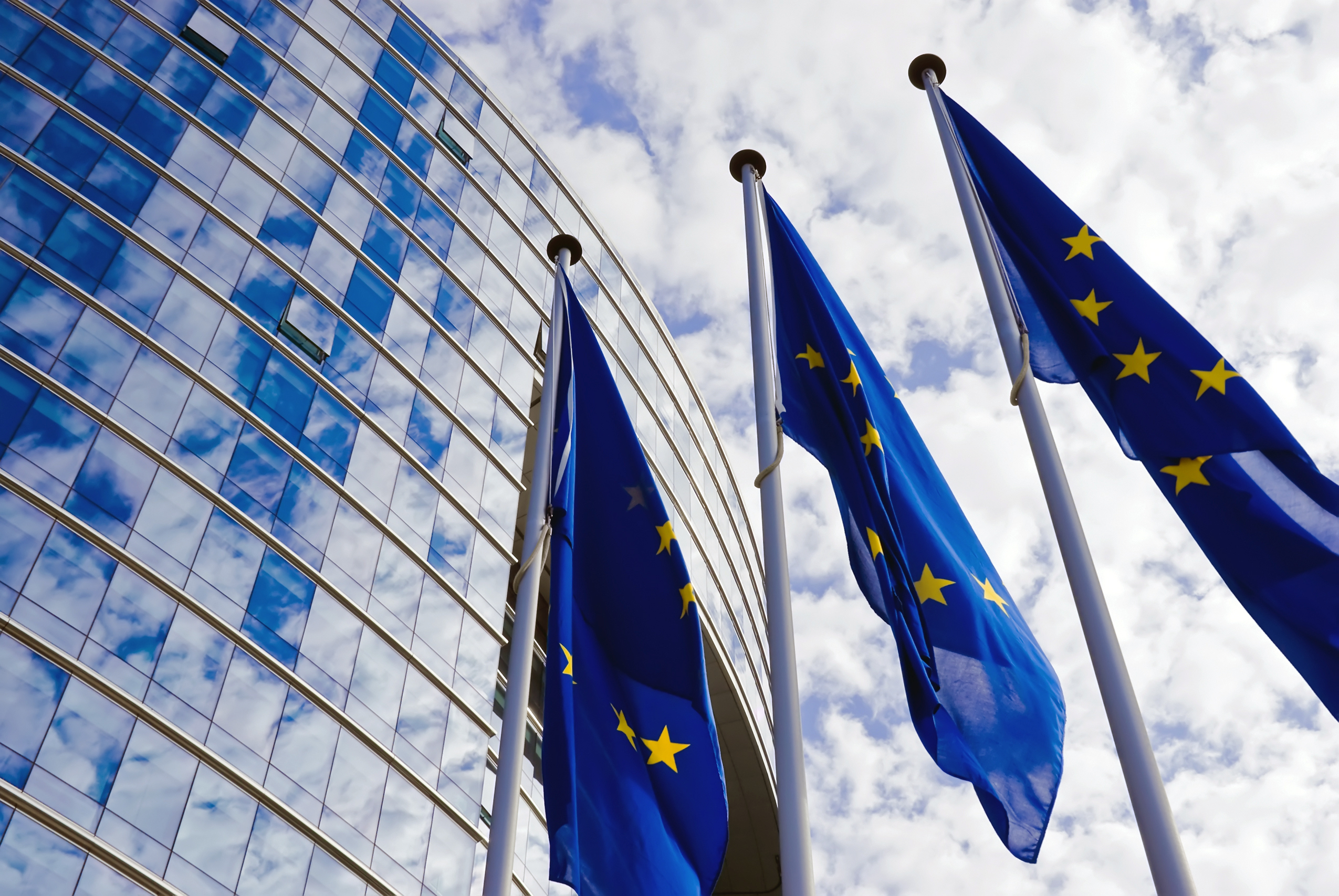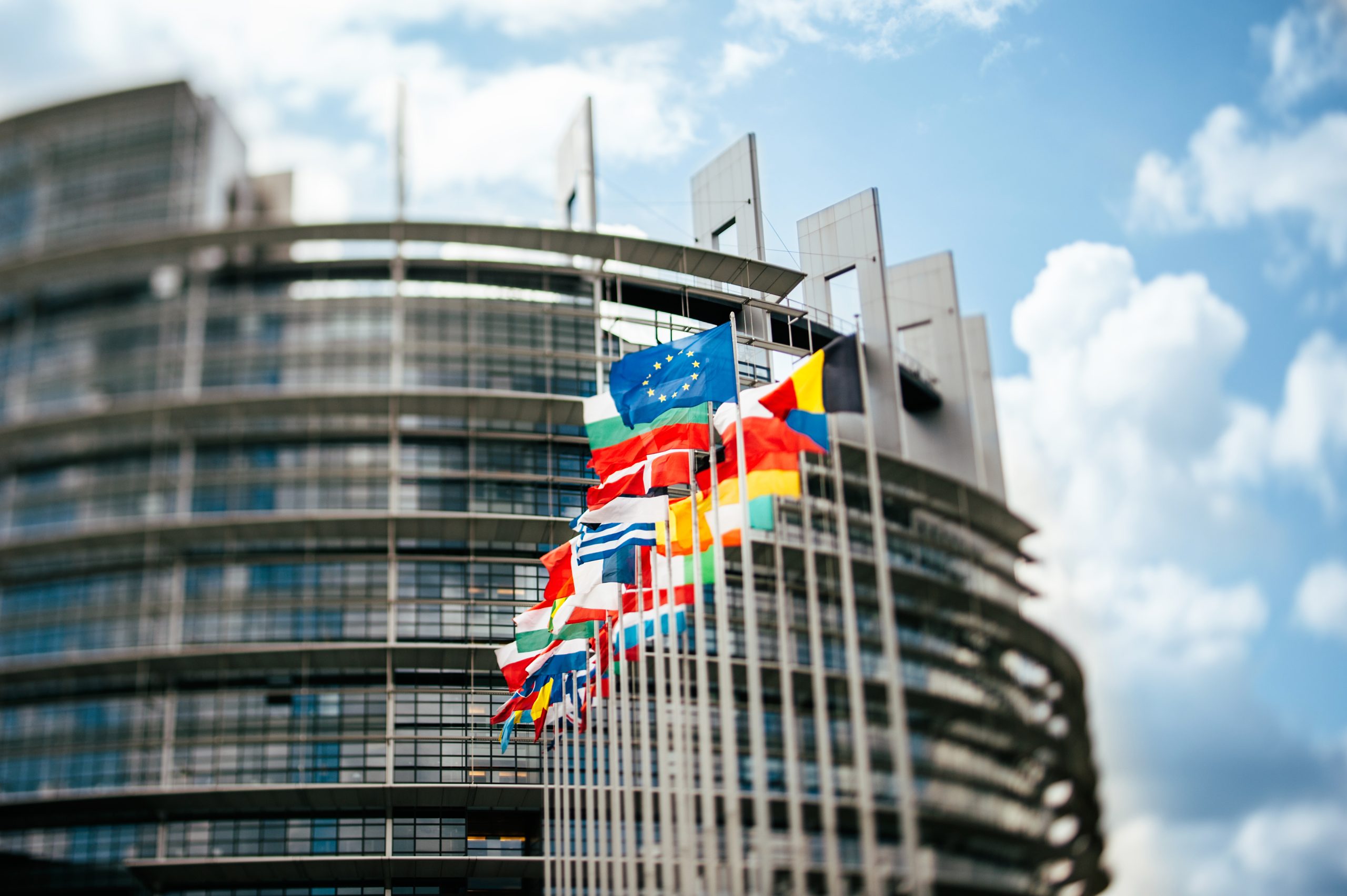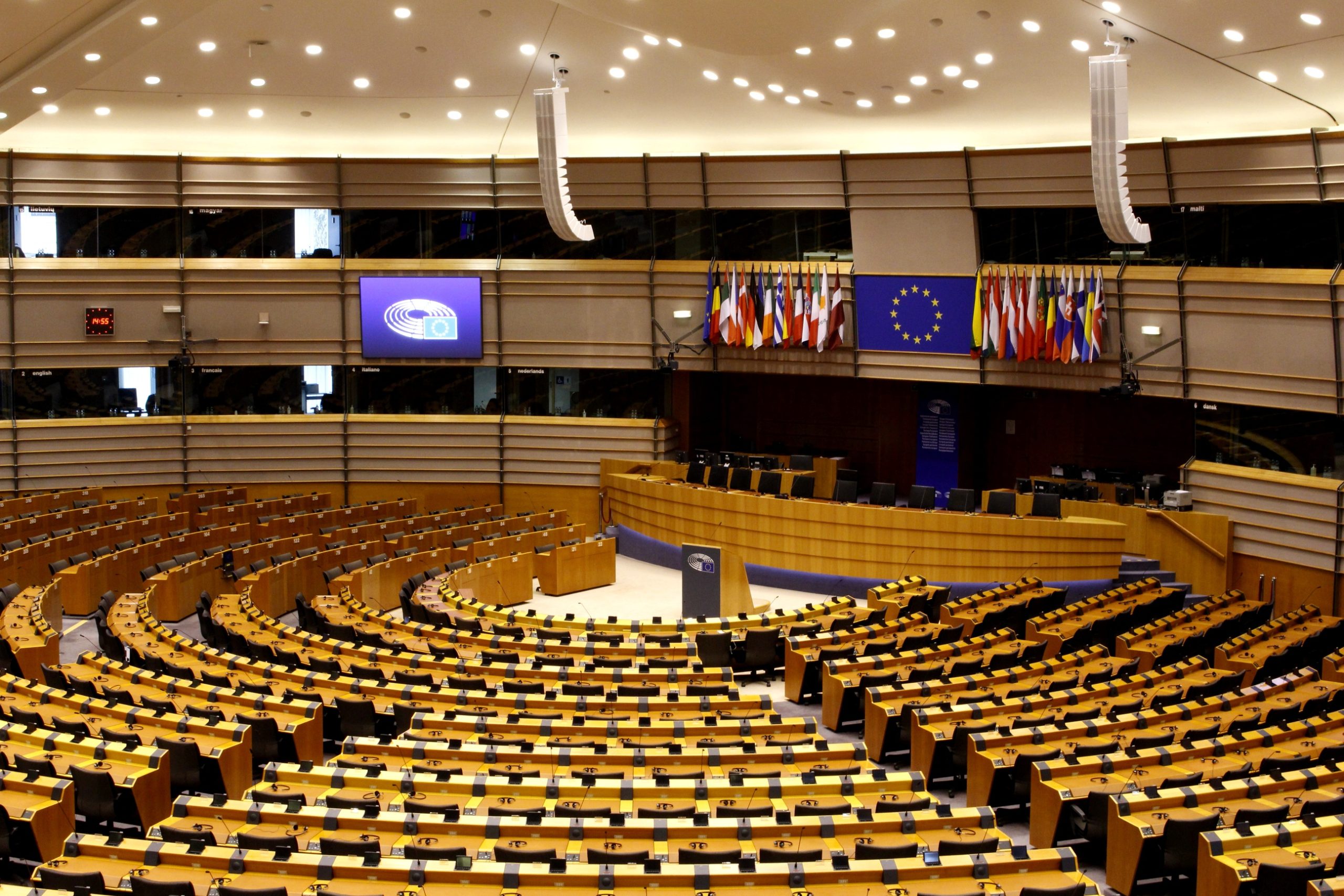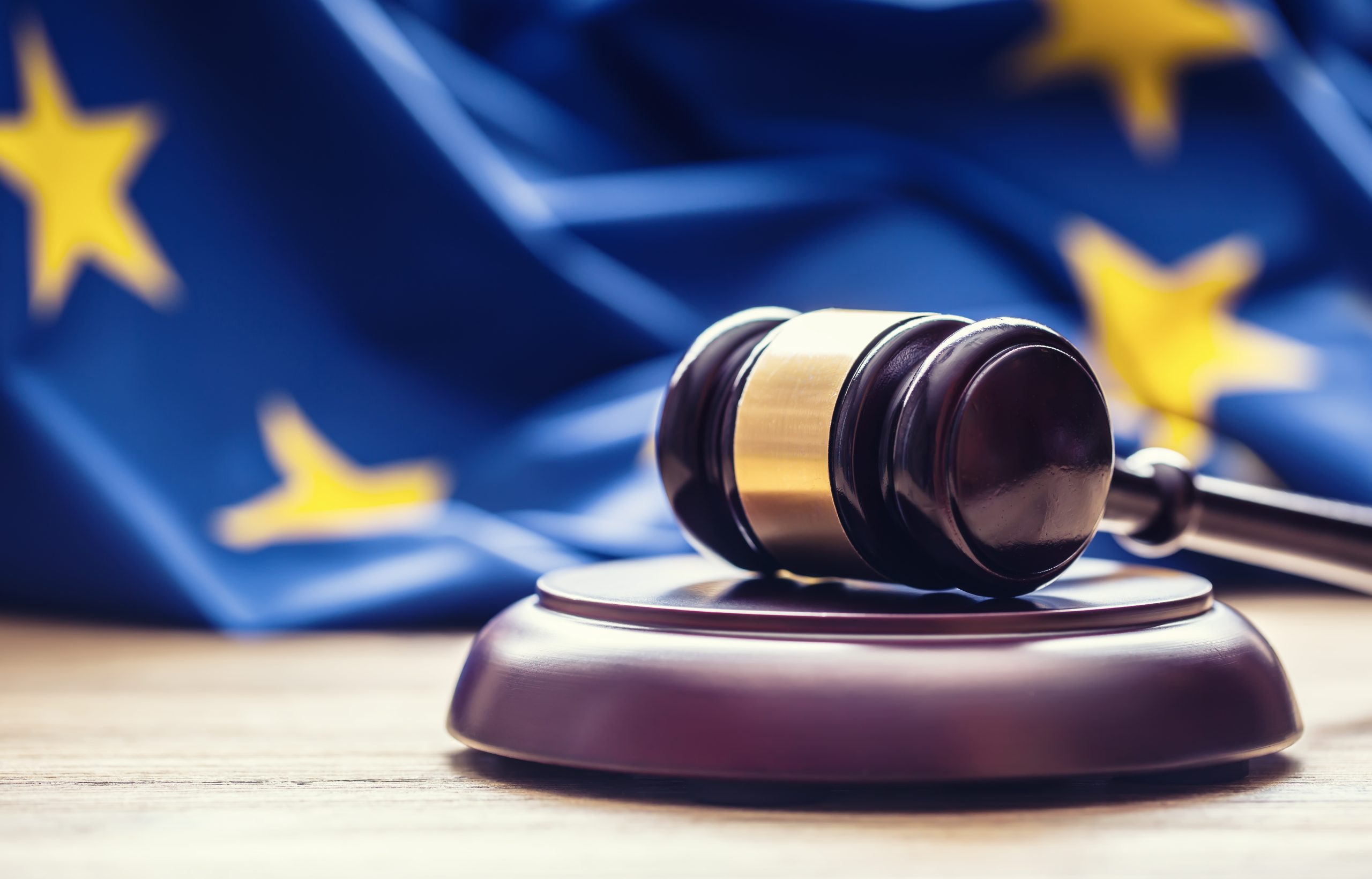The Freedom of the Mandate vs. Last Minute Modifications of the EP’s Rules of Procedure Ahead of the European Elections
European elections are right around the corner. The decision of the European Council has set the period of 6-9 June 2024 to be the next European elections. The MEPs are campaigning, while the last plenary session of the European Parliament
Is It Possible to Enhance Accountability Through a Procedure Lacking Transparency?
The European Commission published its proposal regarding the establishment of an interinstitutional EU ethics body in June 2023. The European institutions, particularly the European Parliament, had faced serious scandals and some of its Members faced criminal investigations. It is clear
Who’s Running the Show? Control Over National Parliaments Through the Modification of the Rules of Procedure of the European Parliament
The Constitutional Affairs Committee (AFCO) of the European Parliament (EP or Parliament) adopted recently a proposal to change the Rules of Procedure of the Parliament. The committees of the EP would be able to scrutinize the activities of national parliaments
Controlled Democracy? The Idea of Introducing Ad Hoc Legislative Committees
The European Parliament (Parliament) is working on a batch of amendments to the Rules of Procedure of the house, based on the report of the Committee on Constitutional Affairs (AFCO). The proposed amendments under the package named “Parliament 2024” reforms
Article 48 TEU and the Question of the Possibility of the Council to Decide Not to Forward a Proposal for the Amendment of the Treaties
The European Parliament has initiated the ordinary revision procedure, in accordance with Article 48 TEU. The (2) paragraph of Article 48 TEU states the following: “The Government of any Member State, the European Parliament or the Commission may submit to the
Reality Check? Irish Criticism Towards Treaty Reform Proposals
It was almost 20 years ago, on the 29th of May and on the 2nd of June of 2005 when the ratification of the Draft treaty establishing a constitution for Europe failed during the French and Dutch referenda. Later on,
United in Diverse Cities? The Brussels-Strasbourg Caravan
There is one single international organization having a significant number of its officials and members travel approximately 500 kilometers there and back from its place of work to its seat every month. Some months even two times, as there are
Constitutionalism as a Widespread Legal Theory in European Discourse
Legal theories form an integral part of legal education. All lawyers have to learn the theories on which our legal systems are founded, theories that help to put political processes and lawmaking into perspective, ones that sometimes even formulate strong
Would Giving up Ukraine Be an Impermissible Strategic Blunder?
At a summertime international conference in Krakow I talked with a reporter from the publication The American Conservative, who remarked confidently: “My friends, you [i.e. Europeans] should take care of the security of Ukraine yourselves.” Despite various counter-arguments, he maintained
Religious Symbols—the Margin of Appreciation of the Member States in the Case Law of the European Courts in Light of a Recent and Relevant ECJ Judgement
Freedom of religion and conscience has many aspects in today’s societies. Wearing a headscarf to work, being able to practice one’s religious ceremonies publicly, or questionable randomized checks at airports are just some of the issues discussed frequently in public
